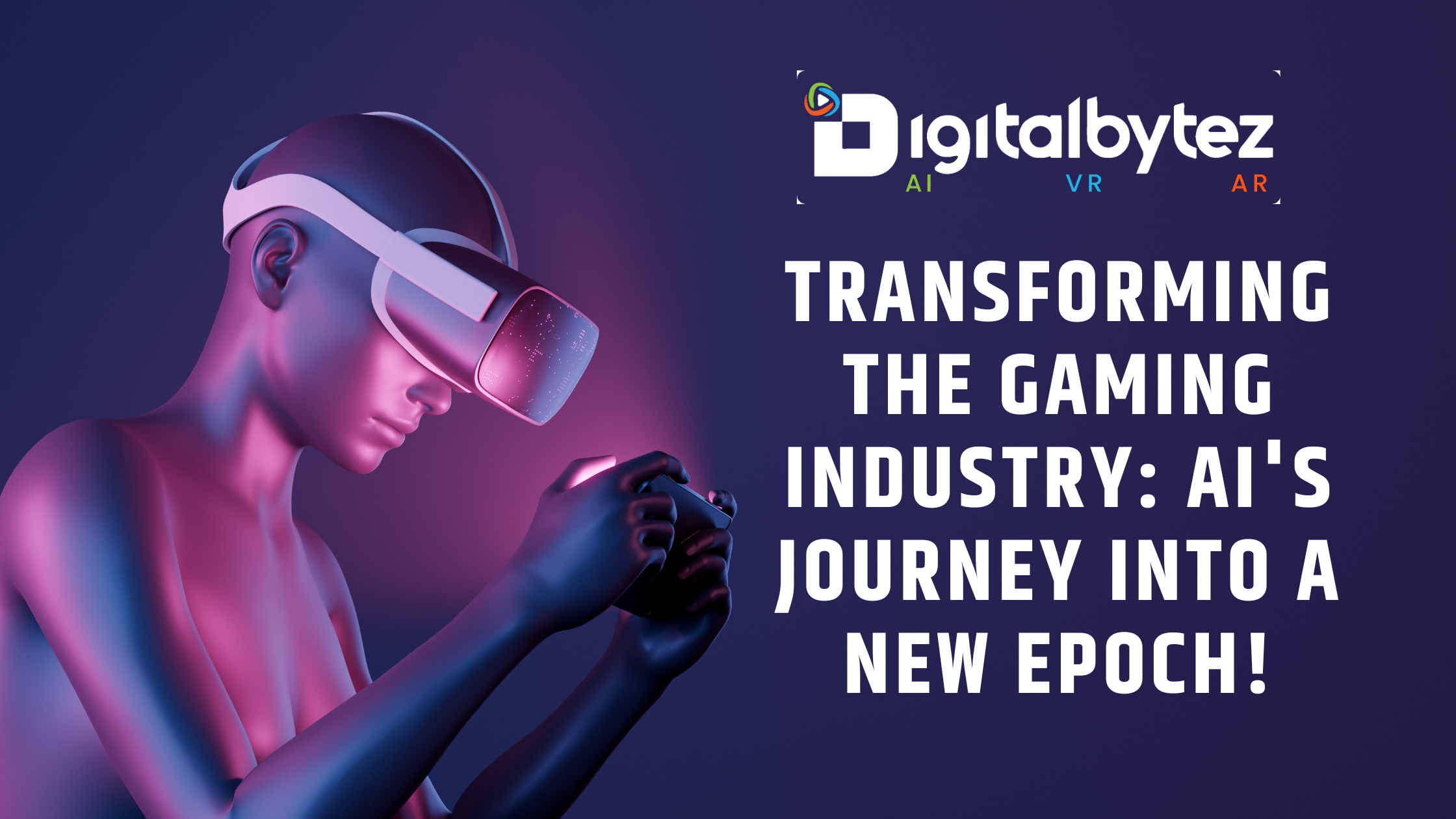
The History and Latest Face of Virtual Reality Trends 2023-2024
From 3D gaming consoles in the bedroom, Dubai’s realistic experience in the drawing room, or experiencing the indefinite expansion of space on a school tour, these are not mere imaginations of a kid in the 1990s, but they are the actual experiences of a GenZ. Thanks to the advent of VR or Virtual Reality, the unimaginable is being experienced in the present, and the future beholds many wonders.
Latest Trends in Virtual Reality
In 2023, the VR market is predicted to rise by 50% over the previous year, earning about $7 billion in global revenue. With such a huge history of innovations and advancements, the current user base of virtual reality is huge, allowing it to apprehend many trends.
Let’s discuss them one by one.
Flight Simulators
The invention of flight simulators has been an instant hit for the military and various flight schools as this allows pilots to go through the training and reduces the risk of damage and crash of the actual airplane.
With further advancements in technology and the integration of VR for controlling a miniaturized plane, VR has also left its print in the aviation sector. A new vertical of drones has been initiated and operated by the military, which reduces the risk of loss of lives and the cost of operation for vigilance and strike missions.
Gaming Consoles
With the increased demand for updated and realistic gaming experiences by users, VR is enhancing the gaming industry. It eventually led to the integration of Virtual Reality headsets into the gaming industry, providing a real-life gaming experience. The depiction of the same can be seen in the movies ‘Ready Player One’ and ‘Ra. One’.
On the contrary, the current trends are only limited to the introduction of sensor motors in control panels to provide realistic feels via vibrations and the use of motion-censored HMD for a realistic viewing experience.
Metaverse
With the launch and widespread of blockchain technology providing a safer interface and a faster experience to users, it has opened up portals for various new technologies, with ‘Metaverse’ being their top trend.
Metaverse is a digital world where users experience a different world with different capabilities. It has also opened up various sources of income via NFTs and the trading of cryptocurrencies. All of the above experiences are enhanced to another level by the integration of a Virtual Reality Head Motion Display.
Motion Pictures
With the widespread use of OTT platforms as an entertainment channel, users soon got an enhanced experience. The integration of Virtual reality headsets allowed them to kick back and enjoy the content with improved visual and sound effects.
Space Exploration
VR technology has acted as a boon for space enthusiasts, allowing them to experience space never done before and feel how it is to be up there in space. The integration of AR in zero-gravity chambers has proved to be heaven for them.
The world of Virtual Reality is full of surprises and adventures filled inside it. The ultimate potential of this technology is yet to be explored and delivered to the entire world. There are many more spaces where this technology can be integrated to improve efficiency and ease human tasks.
History Of Virtual Reality
The definition of Virtual Reality has not always been the same as we know it today. With time and technological advancement, it has changed based on user experience. In the late 1880s and early 1900s, virtual reality was motion pictures or movies projected in movie theatres.
From movies to home televisions and now to Virtual Reality headsets, a gateway to the metaverse or the digital world, the technology and the mindset of the users regarding the same has changed a lot.
Where did it all Start?
The introduction of virtual reality to humans dates back to 1929 when Mr. Edward Link launched his first flight simulator, also famous by the title of ‘Link Trainer.’ This device was majorly controlled using motors connected to the steering column and rudder, modifying the pitch and body roll of the simulator.
This was an instant hit during the historic World War ll to quickly train the pilots allowing armed forces to enroll fewer aircraft. It benefited the Air Force as it helped them cover up the shortage of required pilots and fighter airplanes on the battlefield.
In 1930, the story ‘Pygmalion’s Spectacles’ by Stanley G. Weinbaum mentioned the idea of goggles providing real-world experiences using various senses such as smell, taste, touch, and holographic paved the way for the famous VR headsets being used widely to interact with the virtual world as we see today.
Mid 1950s VR
The next leap in the Virtual Reality technology field is the Sensorama by Morton Heilig in the mid-1950s. The Sensorama was designed to simulate all the senses of the human body to fully indulge the user in the movie, providing them with a new experience.
Over time, techno enthusiasts experienced the invention of the first VR head-mounted display, popularly known as the VR headset, in 1960 by Morton Heilig. This Head Mounted Display (HMD) provided the stereoscopic 3D view with sound effects but was not equipped with motion sensing technology.
Comeau and Bryan were a pair of Philco Corporation engineers who were popular for updating Heilig’s HMD by introducing the motion tracking systems. They installed a closed circuit camera to HMD, whose feed was then displayed to the display provided for each eye separately.
Further, the HMD was equipped with magnetic motion tracking systems. The initial purpose of the headset was to facilitate the military to inspect dangerous situations on far-off lands. Still, the advancements in the technology eventually allowed it to end up upgrading VR Technology and the entertainment and gaming industry.
What Came After the 1950s?
For the people who followed the advancements of Virtual Reality, the year 1965 was filled with an enormous surprise. This year Ivan Sutherland, American Computer Scientist, introduced the ‘Ultimate Display’ concept. Sutherland’s concept was divided into three parts:-
- A realistic virtual view with augmented 3D soundtracks and feedback on senses primarily touch all imbibed together in the HMD.
- Provisioning users the ability to interact with objects of the virtual world in the real world.
- Creation and real-time maintenance of the virtual world using advanced computer hardware and software.
We today thank Ivan Sutherland for providing the famous blueprint for the world of Virtual Reality. With the advancements in Flight Simulator technology in 1966, not much was being updated in VR. Until 1968, when the mentor of the VR world and his student Bob launched the first AR/VR head-mounted display, also known as Sword of Damocles.
Way To Go!
From this year, the advancements in the field of VR/AR were enormous and with advancements and integration of various other technologies, the scope of VR tech grew to allow it to enter into the field of gaming from the entertainment industry and then advancing the research in the space also enriching the user experience of the outer space.








